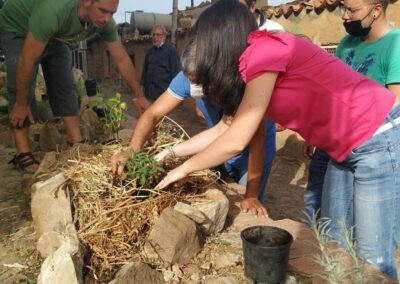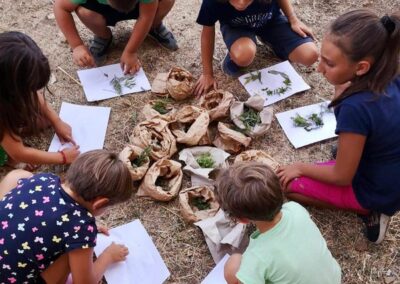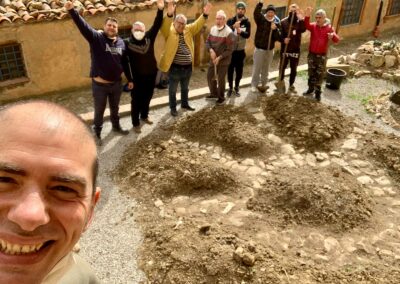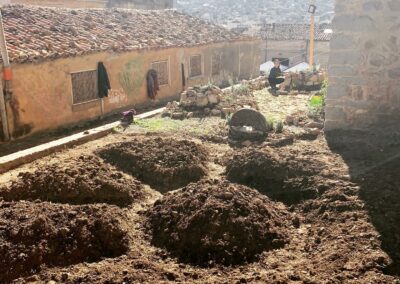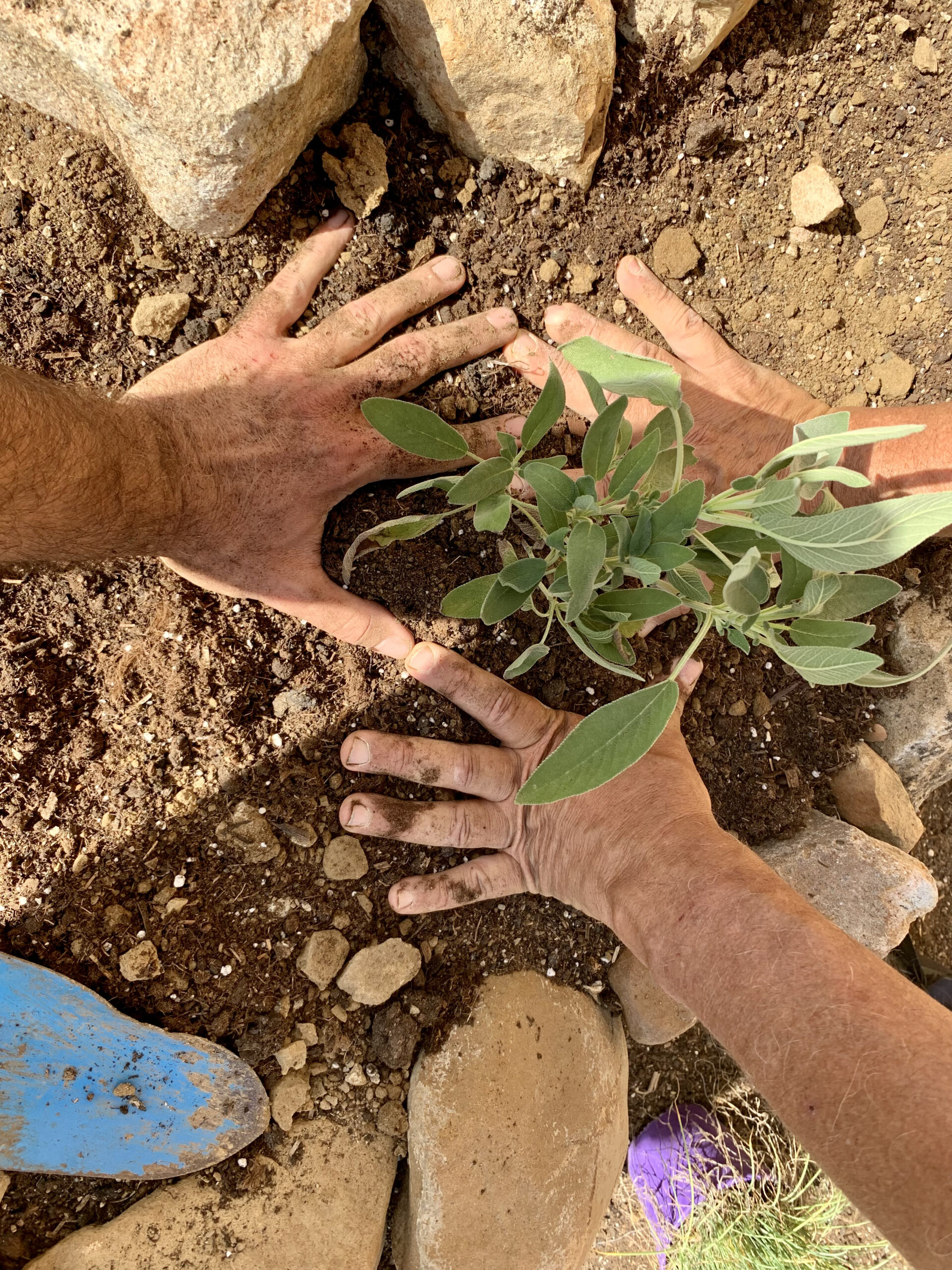
CATEGORY
Diversity/ Inclusion | Participation | SustainabilityYEAR
2021DURATION
OngoingLOCATION
OnsiteFORMAT
WEBSITE
http://www.museocivico.eu/project/lorto-dellarte/TARGET
Meetings and workshops addressed to children and adults, citizens of Castelbuono.
Active participants in the project: members of the cooperative i Fauni of Castelbuono, Psychiatric Rehabilitation Center. Created by the Association Il Cinghiale e la Balena, in collaboration with the Department of Participatory Projects of the Civic Museum of Castelbuono, by its Scientific Responsible Maria Rosa Sossai, L’Orto dell’Arte is a project in progress that foresees the direct involvement of the population of Castelbuono, for the realization of an urban educational garden that explores the relationship between art and nature and that is open to a series of meetings and workshops addressed to children and adults. Active participants are the members of the cooperative I Fauni di Castelbuono, who, since the beginning, worked on the project.
The unused green space next to the Ventimiglia Castle become an extension of the Civic Museum, able to host initiatives and outdoor educational activities for the dissemination and valorization of a new artistic and environmental culture, in a historical moment in which it’s necessary to strengthen the relationship between institutions and the environment, our greatest and most important common good.
With this project the Civic Museum intends to offer a new educational experience addressed to the community applying the concept of the “museum outside the museum”.
LINKS
FILES
AUDIO





